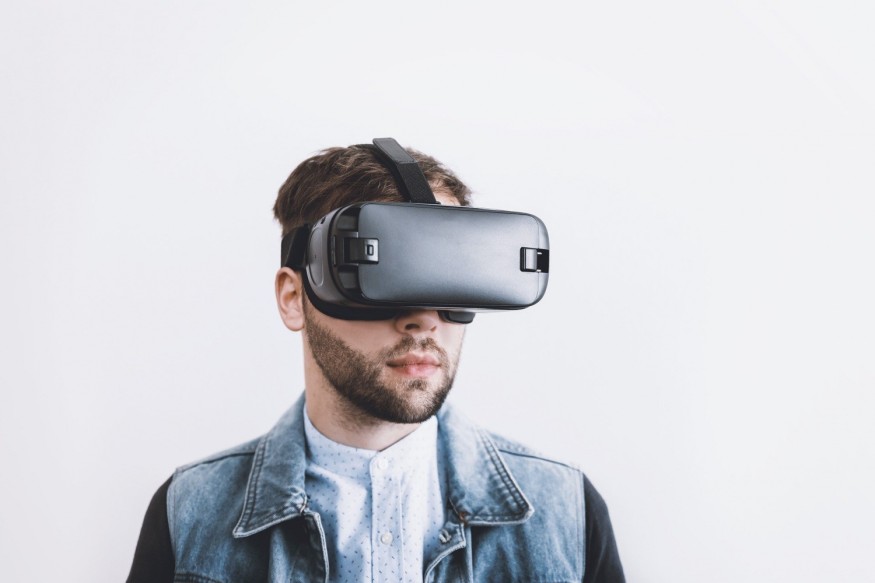
Scientists have created a tool that enables humans to experience the sensation of touch within virtual reality.
The 'smart skin' machine consists of a soft, lightweight sheet of electronics that sticks to the body. The new innovation utilizes a mixture of vibration, pressure, and motion to mimic the sense of touch for users.
The study outlining the "skin-integrated wireless haptic interfaces for virtual and augmented reality" was issued in the scientific journal Nature.
Nanoengineer John Rogers - a professor of bioengineering at Northwestern University who is the lead author of the study - explained that human touch is probably the most profound, most meaningful heartfelt connection that you can build with a loved one or friends.
Hence, Rogers and his team at Northwestern came up with the idea of a new wireless and battery-free smart skin that could shift the course of this technology. Their smart skin can contour to the body and deliver sensory input - what you'd feel when using it - through a fast, programmable collection of tiny vibrating disks installed in a soft, flexible material.
The authors explained their invention could have severe implications in various areas ranging from video games to prosthetics. The whole new skin's process is "very complex," according to their paper.
"The sense of touch is a [compilation] of [different] sensations, [including] temperature, pressure, and pain. Until now, [there] has been a great challenge to [unite the] sensations of touch into virtual and augmented reality.
"In comparison to the eyes and the ears, the skin is a relatively underexplored sensory interface for VR and AR technology that could, nevertheless, greatly enhance experiences at a qualitative level, with direct relevance in areas such as communication, entertainment, and medicine."
Touching the Masses
Rogers and his team say the technology could have several applications. The system, for instance, could be utilized to send touch to a loved one through social media or to replicate a specific shape of an object held in a prosthetic hand. The invention could also be used by video gamers to feel hits when playing combat video games.
Virtual reality remains a niche technology, usually used for industrial applications and by a small portion of video gamers. Experts anticipate that improvements like these would help the technology finally break into the mainstream.
Applications for medical purposes
Luke Osborn - a postdoctoral researcher at the Johns Hopkins University Applied Physics Laboratory who was not involved in the study - said he was excited to see how the new technology would progress in the coming years.
"What's [especially interesting] about their [output] is how they [combine] wireless power delivery," Osborn said.
Osborn's team previously produced a sensory feedback tool called an "e-dermis," which fits prosthetic hands and mimics nerve endings, allowing amputees to feel any nerve sensation.
The Northwestern teams' new smart skin would add to the technology, allowing amputees "to [know] how much force they're using when they grasp an object as well as how hot or cold the object is," Rogers said.
"You can also [use multiple] devices at [various] areas of interest across the body, and can [wirelessly and simultaneously] control all of them," he added.
The medical applications of the technology motivate Rogers' team. They are currently working with stroke victims who cannot swallow, using a smart skin to help trigger and time swallows with respiration to avoid choking.
© 2025 NatureWorldNews.com All rights reserved. Do not reproduce without permission.





